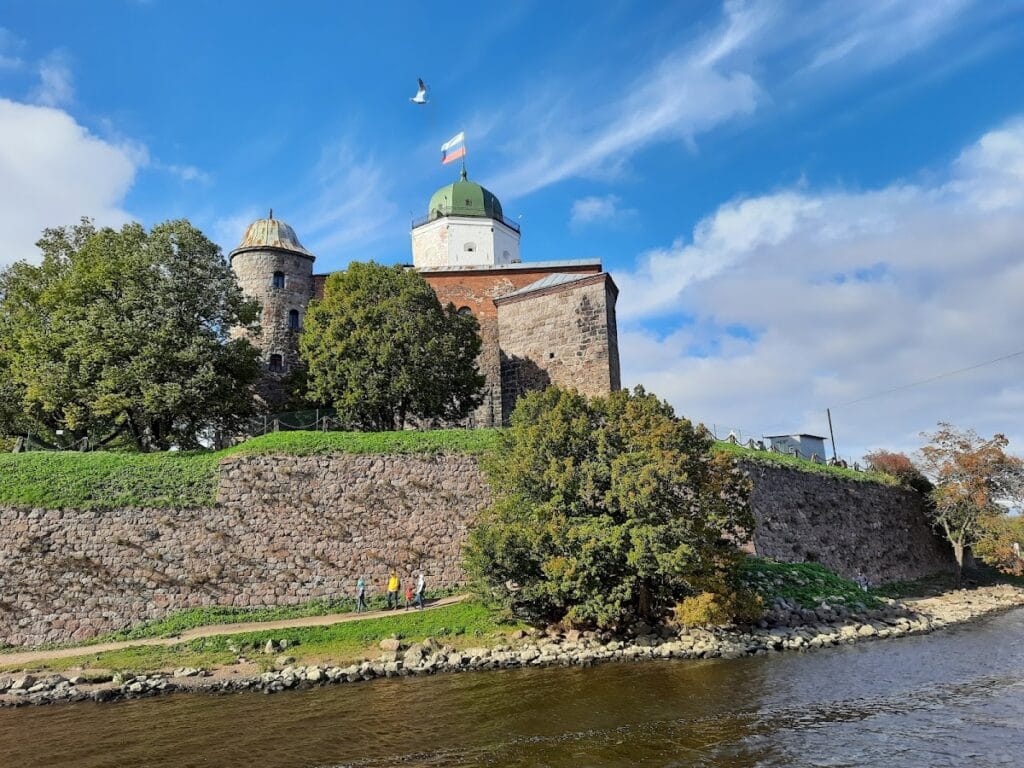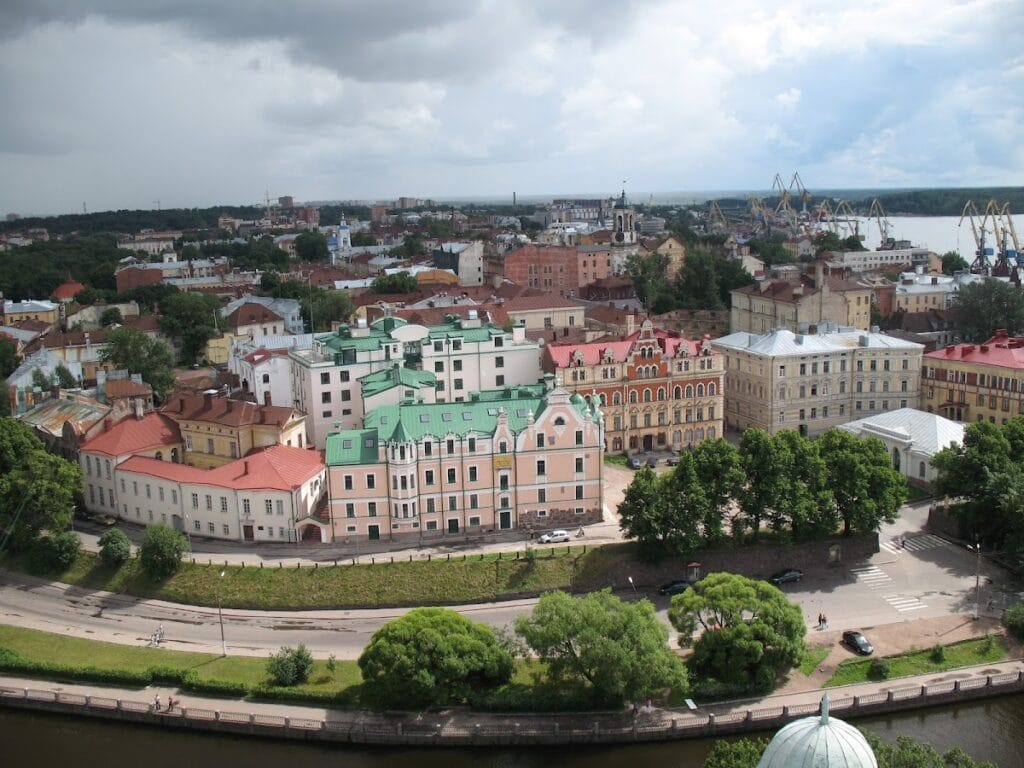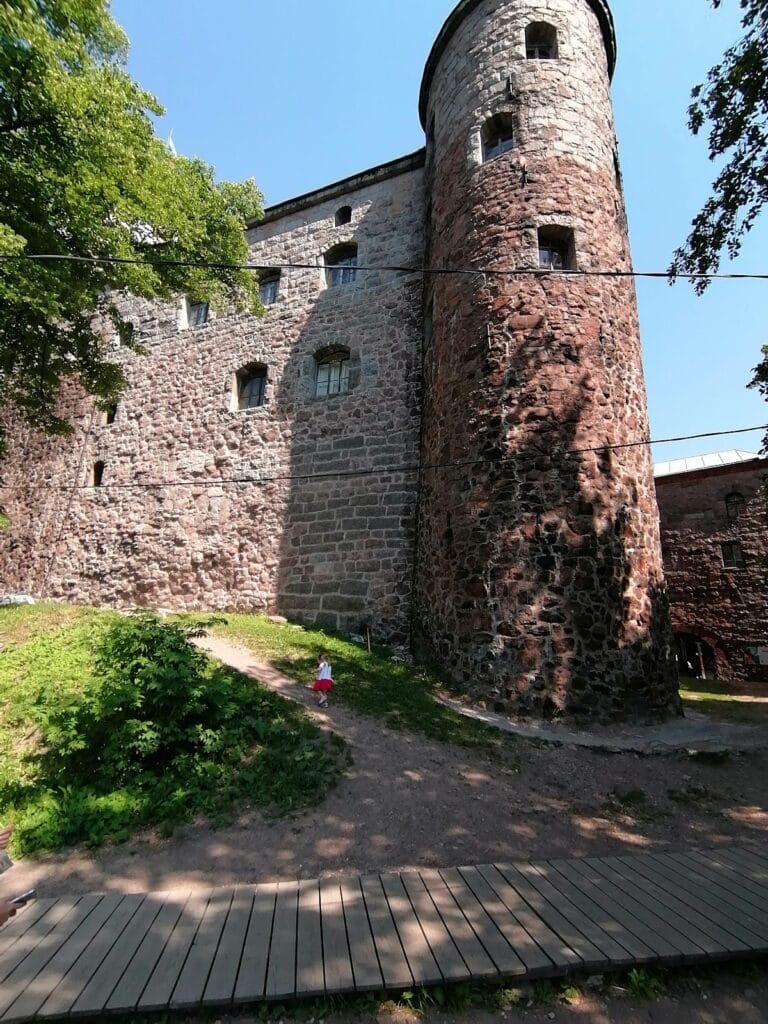Vyborg Castle: A Historic Fortress in Russia
Visitor Information
Google Rating: 4.5
Popularity: High
Google Maps: View on Google Maps
Official Website: vyborgmuseum.org
Country: Russia
Civilization: Medieval European
Remains: Military
History
Vyborg Castle is located in the town of Vyborg, Russia. It was originally established by Swedish settlers in 1293 during a military expedition known as the Third Crusade against the Karelians, who were allied with the Novgorod Republic. The castle was constructed on a small island in the Gulf of Finland, replacing an earlier fortified Karelian settlement that had been destroyed by the Swedes.
Throughout the late 13th and early 14th centuries, Vyborg Castle served as a strategic fortress on the eastern border of Swedish territory. Despite repeated attempts by the Novgorod Republic to capture it—most notably under siege in 1294 and again in 1322—the fortress remained under Swedish control. The 1323 Treaty of Nöteborg formally set the border between Sweden and Novgorod along the Sestra River, confirming Vyborg as Swedish territory.
Significant development of the castle took place during the 15th century, particularly under the regency of Karl Knutsson Bonde and his successors. This period saw the construction of robust defensive walls, the addition of numerous square towers, as well as the introduction of the first round tower, known as the Paradise Tower. The residential and official ceremonial spaces within the castle were also substantially improved.
In 1564, under King Gustav Vasa’s reign, the castle’s main tower was heightened to seven stories and capped with an octagonal upper section fitted with embrasures for cannon fire, reflecting advancements in military architecture and artillery. This tower employed brick for the first time in its construction, a feature that has endured to the present day.
The castle remained a vital administrative and military center for the Swedish governors of the region until the early 18th century. However, during the Great Northern War, Russian forces seized Vyborg Castle in 1710. Although repairs were made following the Russian occupation, the fortress gradually lost its strategic military importance by the late 1700s with the emergence of more modern defensive structures protecting the city.
In the 19th century, several fires caused damage to the castle, including a major blaze in 1856 that destroyed the dome of St. Olaf’s Tower. By 1860, it was officially declared militarily obsolete. Between 1891 and 1894, Russian military engineers undertook extensive restoration work, altering the interior layout by replacing medieval stone vaults with wooden beam ceilings and adding new windows and staircases, all while preserving the castle’s historic exterior appearance.
During the conflicts of 1939 to 1944, including World War II, the castle sustained only light damage. After the war, it came under Soviet military control. Since 1964, Vyborg Castle has been used as a museum, officially named the State Museum “Vyborg Castle” from 1999 onward. Restoration efforts have continued intermittently into the 21st century.
Archaeological excavations conducted in the 1980s confirmed the existence of the earlier Karelian fortifications beneath the castle’s foundations. In 2018, a 16th-century brick was discovered that had been repurposed as a game board, providing insight into life within the fortress during the Renaissance period.
Remains
Vyborg Castle is situated on a small island measuring roughly 170 by 122 meters in the Gulf of Finland. Its defensive layout centers on a raised area enclosed by stone walls known as the “upper ward,” which served as the castle’s main fortified enclosure. Surrounding this is a perimeter defensive wall that forms the “lower courtyard,” fortified with several square towers named the Fire Tower, Watch Tower, New Tower, and Shoemaker’s Tower. The inclusion of these towers reflects the incremental expansions made over centuries to bolster the castle’s defenses.
The dominant architectural feature is St. Olaf’s Tower, originally designed as a massive square-shaped keep with walls around four meters thick. In the 16th century, the tower was raised to seven stories and capped with an octagonal upper section perforated by cannon embrasures. These openings allowed defenders to fire artillery in all directions, a significant military innovation of that time. This enhancement marked the first use of brick masonry in the tower’s construction, a detail that survives to the present day.
Defensive walls around the island measure between 1.5 to 2 meters in thickness and are topped with battlements, providing cover for soldiers on the wooden walkways known as battle walks or galleries running along the walls. The castle’s fortifications were also strengthened by upgrading the bridgehead defenses from wooden palisades to stone-faced earthworks. These were eventually incorporated into the Governor’s House, which stood as the most secure and luxurious residence within Vyborg during its time.
Inside the castle, a range of functional buildings supported its military and administrative roles. The complex includes arsenals for storing weapons, a wine cellar, a smithy courtyard for metalwork, a prison building, and barracks erected along the northwest outer wall during the 17th century. Improvements to the living quarters involved installing tiled stoves for heating, wooden paneling inside St. Olaf’s Tower, and paving the upper courtyard with stone, enhancing both comfort and durability.
Aesthetic and practical landscaping efforts took place as well. Several ponds were excavated on the island, one of which featured a fountain designed by the architect named Wevel, adding a decorative element to the fortress grounds.
During the 19th-century renovations, a granite porch was added at the entrance to St. Olaf’s Tower, along with a metal staircase inside the tower. This staircase provided access to the observation platform atop the tower, which offered a commanding view of the surrounding area while maintaining the castle’s historic silhouette.
Despite the interior modifications over time—such as replacing medieval stone vaults with wooden ceilings and removing some medieval details like stone benches in window alcoves—the castle’s external form has remained largely consistent since the late 1800s. Vyborg Castle today stands as one of the rare examples of well-preserved medieval Western European military architecture found within Russian territory.




